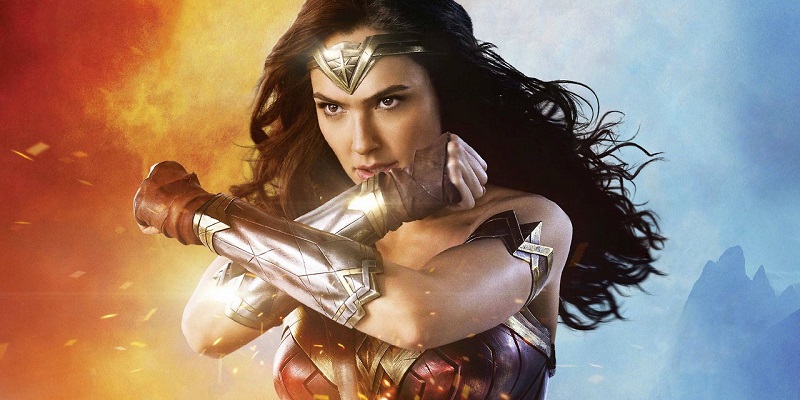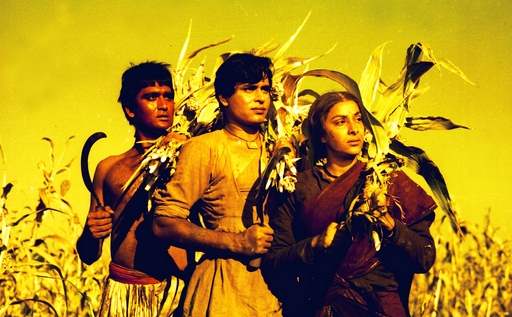An impossible episode swamped with intriguing imagination can be deemed as an actual one only in films. A film, a motion picture. What are the first images that comes to one’s mind after looking at these words? Maybe the image of a muscular tall handsome man fighting off goons while a scared and timid woman, sidelined as a trophy, stays in some far corner. The question that arises is that, is it fair for the female characters of the film industry to be treated as just eye candies? Gone are the days (just like the wind) when women in movies were considered to be a mere treat for the eyes. The portrayal of the female characters in films as submissive “damsels in distress” to sexually promiscuous woman have been the subject of debate and discussion in terms of gender equality since a long period of time.
Discussion and dialogues have been established with questions regarding the contrast between the male and the female role in terms of role exchange and work payment. But, an air of constructive change can be observed in the multi-million dollar film industry with the growing importance and prominence of female characters to leading and notable roles. The year 2016 saw a positive wave change with a historic increase in the number of female protagonists in films of all time, like Suicide Squad (Harley Quinn), Moana, Rogue One, etc. But this streak does not stay limited to this year, it precedes 2016. Films like Amélie (2001), Frida (2002), Devil Wears Prada (2006), Mona Lisa Smile (2003) broke boundaries of their own and featured powerful actresses like Meryl Streep, Salma Hayek, Julia Roberts among others who stole the screen show as well garnered accolades and praise from fans and critics all over the globe.

Even in the “Superhero” world the female characters do not share an equal screen space with the male actors, but DC comics, in 1974 released its first female superhero, Wonder Woman and set new records. The character of Wonder Woman along with various other female characters from the DC Comics and Marvel, broke the heavily supposed stereotype of “action and fighting scenes are not for women”.
Bollywood, or the Indian film industry seem to reflect the opinions and thoughts of the society rather than breaking its stereotypical mindset. But, with the flow of time things seem to be steering towards a positive light where female actors as well as directors are breaking boundaries and reaching new heights.

Mother India (1957) paved the way for wonderful and phenomenal movies like Astitva (2000), Dor (2006), English Vinglish (2012), Queen (2014) among other notable works. Films like Parched (2016), Margarita With A Straw and Angry Indian Goddesses (2016) took a new turn, with the focal point of attention directed towards the female protagonists and the storyline focusing on the suppressed issues regarding women. This “new age” in Bollywood saw many bold and powerful actresses like Vidya Balan, Priyanka Chopra, Kangana Ranaut, Radhika Apte among others give blockbusters and critically acclaimed movies while being the only lead in the film. Meanwhile woman directors face as much criticism and hardship as the woman actors face on screen.
Even in times when director giants like Kathryn Bigelow and Barbra Streisand exist, the female directors are yet to receive similar opportunities and recognition. Such differences and contrast will continue to exist further in time, but hopefully with improvement and a call for equality, such differences could be meted out. The last decades have been harsh as well as fruitful to woman in films, with silent struggles and gender bias. But with the passage of time, the female characters are slowly but gradually seeking out their place in a tough world.

Responses